

|


|
Tamiya TRF101 Chassis - 42252
|
Released by Tamiya on June 19, 2013, the 2WD TRF101 chassis kit has been designed for the ultimate RC F1 enthusiasts.
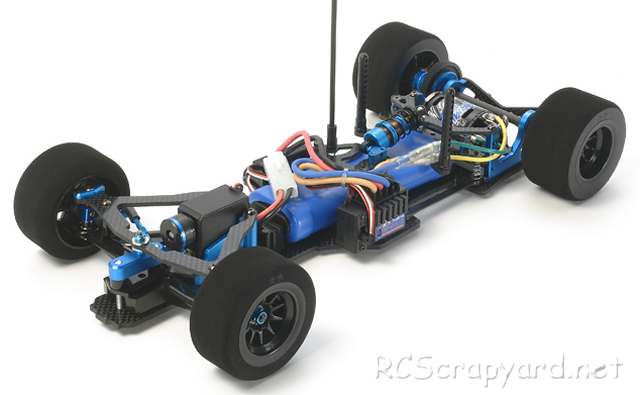
The model is based on the F104 Ver.II chassis, with a longitudinal battery position. The rear suspension features a center pivot ball and L/R side links with pitch and roll dampers. Small adjustments can be made to the suspension with the use of different viscosities of oil and spring hardness.
Other features include: 3mm Carbon Lower Deck, Lower Brace and Body Mount Plate, 2.5mm Carbon Front Upper Arm, 2mm Carbon Motor Mount Rear Plate, Alloy Motor Mount, Diff Housing, Suspension Mount, King Pin Mount and Servo Mount, Carbon rear shaft, plus many more refinements.








|
|
|

|
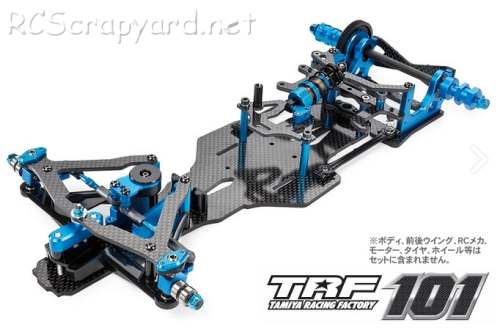
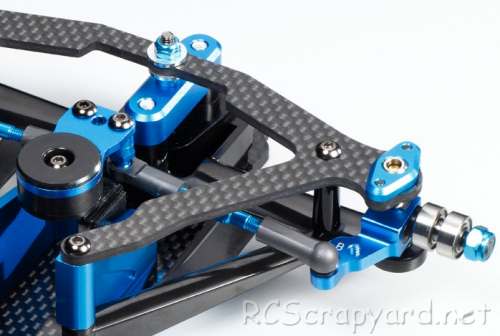
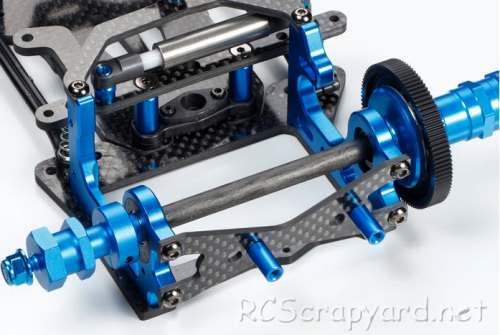
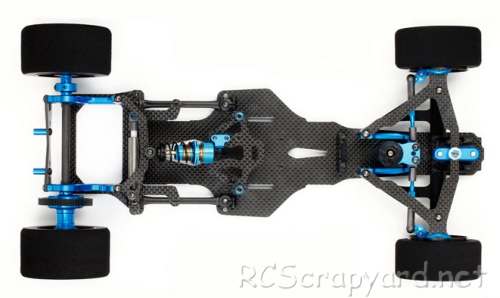
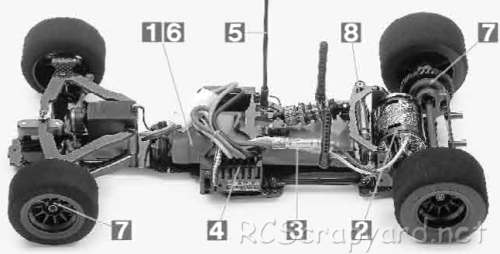
|
Hints, Tips and Information
How to avoid Radio Interference
1/ The first consideration when installing your Receiver into your Electrically Powered Model is to make sure it is well away from the Negative Battery terminal, and the Motor. The Magnetic field can cause stuttering type interference at times of high current draw (i.e., Fast Acceleration) |









|






|
|
|
|
Hints, Tips and Information
Battery Connectors
Over the years I have been racing radio controlled model cars of all descriptions, I have tried a number of different connectors for my batteries.
|
|
Hints, Tips and Information
Efficient Soldering
In the sport of Radio Controlled racing, there are a number of things you have to learn to get you up there with the best. One of the most difficult, for those with little practical skill, is the art of Soldering.
|
|
RC Models:
|
Radio & Motors: |
Other
Accessories: |